Iran, a country with a history of over 3000 years and home to one of the oldest known civilizations, is the 18th largest country in the world and the 17thmost populated nation. It is bordered by Armenia, Azerbaijan, the Caspian Sea and Turkmenistan on the north, Afghanistan and Pakistan on the east, Turkey and Iraq on the west, and the Persian Gulf and the Gulf of Oman on the south.
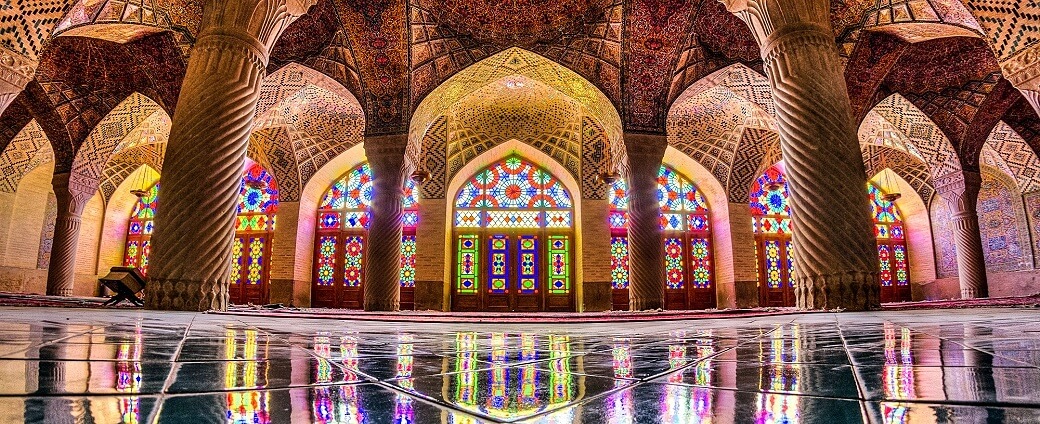
Tehran is the capital and largest city of Iran. It is located in the northern part of the country below Alborz Mountains. Other large metropolitan areas include, but are not limited to, Mashhad, Isfahan, Tabriz, Shiraz, Ahwaz, Yazd and Hamadan. The population of Iran is mostly urban with people mostly living in large metropolises and sprawling urban complexes around major cities.
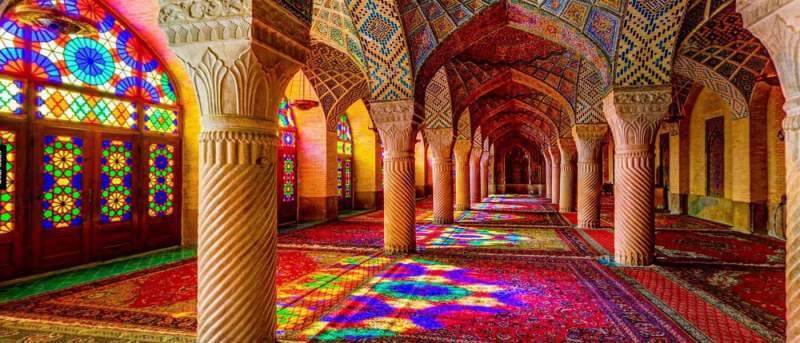
The official language of Iran is Farsi (AKA Persian) and the most practiced religion is Islam. Islamic social rules are therefore observed by the entire population. Nonetheless, due to various backgrounds and roots of all communities and civilizations which, in a period throughout human history, have settled in Iran, different religions, lifestyles and languages are present and actively used and practiced in this country.
Climatic and weather conditions in the country are diverse due to the vast land area that Iran covers. In the north and south, the weather is mostly mild and humid, being in close proximity to the Caspian Sea and the Persian Gulf, respectively. The east and the central areas are hot and dry as two major deserts are located in these areas, whereas the western provinces mostly experiences much colder weather due to their level of elevation. It is common to refer to Iran as a country of four seasons.
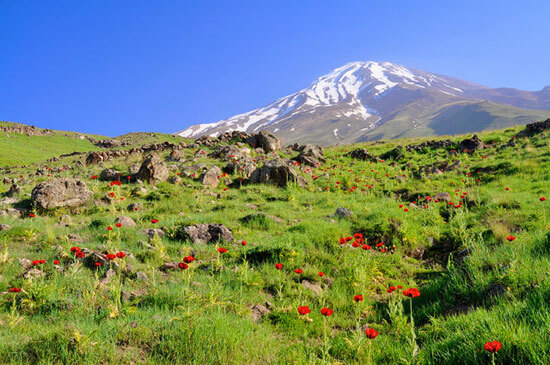
Weather:
Iran is one of the most unique countries in terms of weather. It is known as a four-season country because of a temperature difference of 50°C between the warmest and coldest points during the winter; whilst the temperature in Shahrekord reaches -30°C during some winter nights, the weather in Ahwaz may look like the summer days at the same time with a temperature of 50°C. In addition, the highest air temperature on the earth was measured in some points of the Lut Desert in 2004 and 2005. Iran is a semi-arid and dry country in terms of precipitation. The precipitation rate varies widely in different regions of Iran, as it exceeds 2,113 mm in the north (Rasht, Guilan Province) while it is about 15 mm in desert areas. The mean annual precipitation is about 500 mm in northwest and west areas, South Alborz, and northeast areas and almost 200 mm in other areas of Iran. The weather is warm and humid in the summer and temperate during the winter in the north of Iran (southern coasts of the Caspian Sea). Additionally, people in the northwest and west of Iran usually experience mild summers and cold winters whereas those in southern areas have hot summers and mild winters.
UNESCO World Heritage Sites in Iran
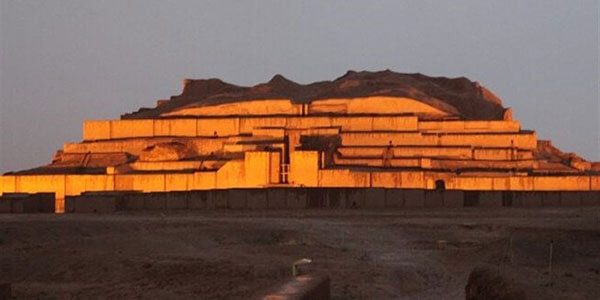
1- Tchogha Zanbil, Khouzestan
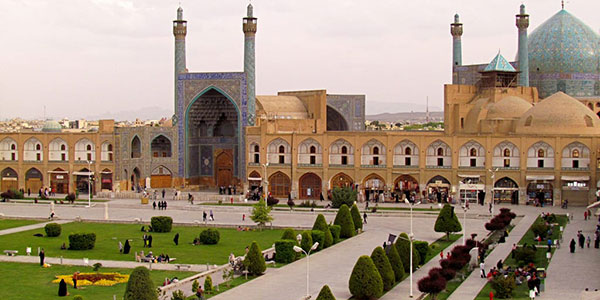
2- Meidan Imam (Imam Square), Isfahan
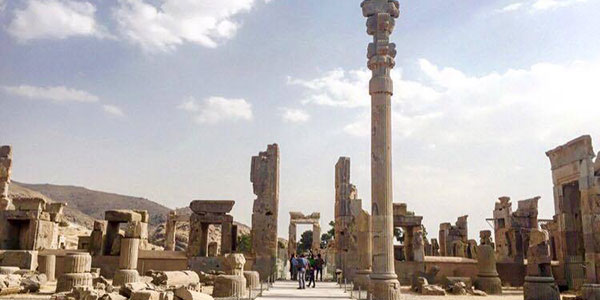
3- Persepolis, Fars
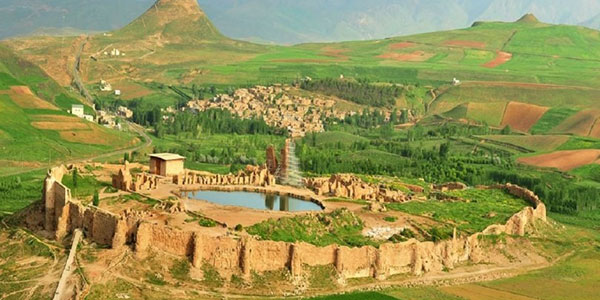
4- Takht-e-Soleyman, West Azarbaijan
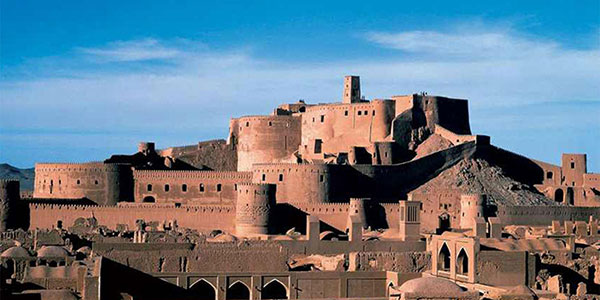
5- Bam and Its Cultural Landscape, Kerman
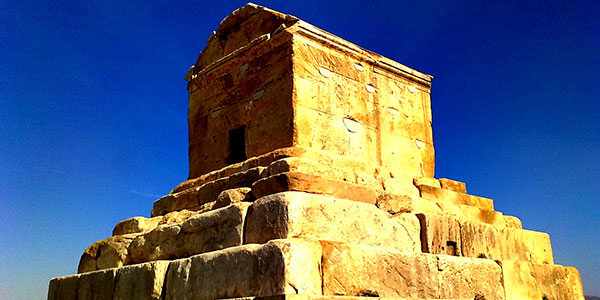
6- Pasargad, Fars
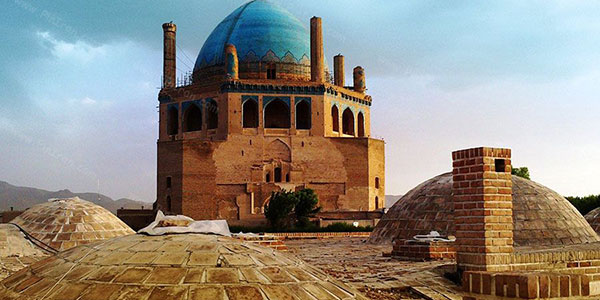
7- Soltaniyeh, Zanjan
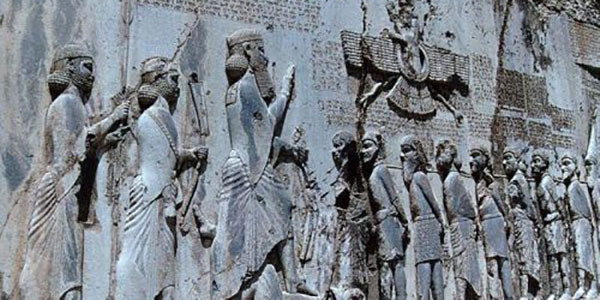
8- Bisotun, Kermanshah
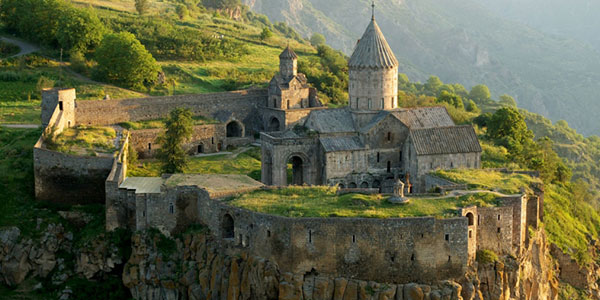
9- The Armenian Monastic Ensembles
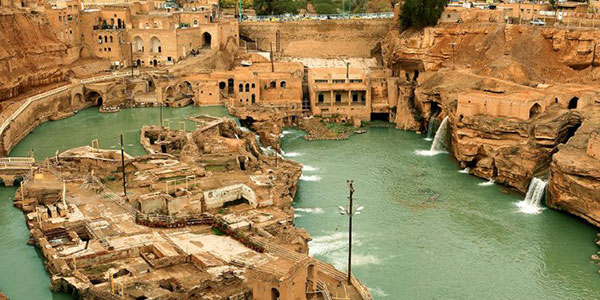
10- Shushtar, Historical Hydraulic System, Khouzestan
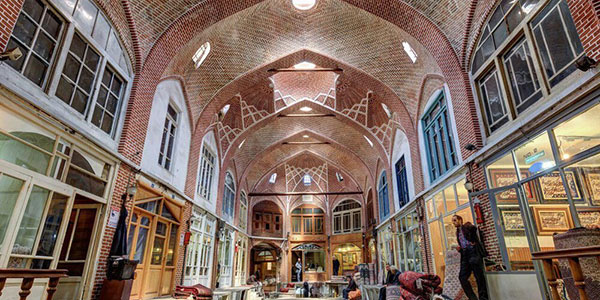
11- Tabriz Historic Bazar Complex,East Azarbaijan
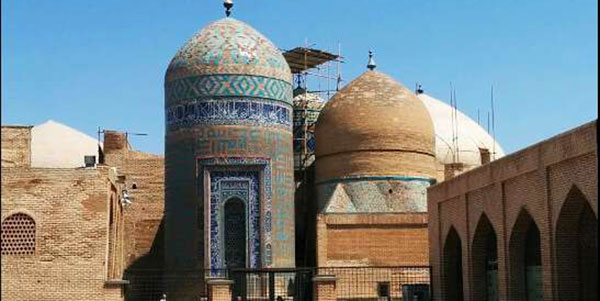
12- Sheikh Safi al-Din Khanegah and Shrine Ensemble, Ardabil
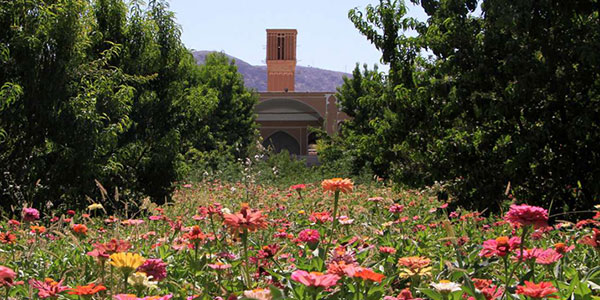
13- The Persian Gardens
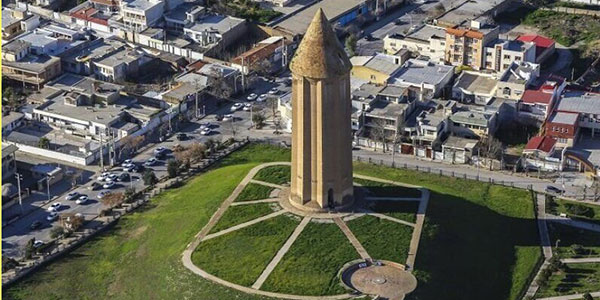
14- Gonbad-e Qabus, Golestan
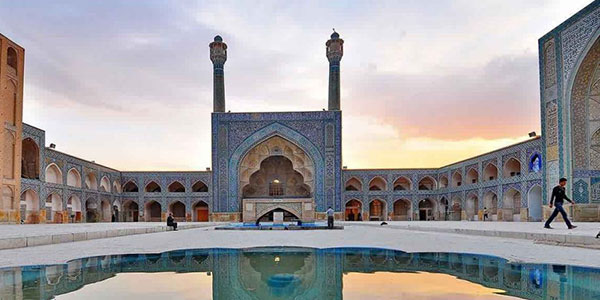
15- Masjed-e Jame, Isfahan
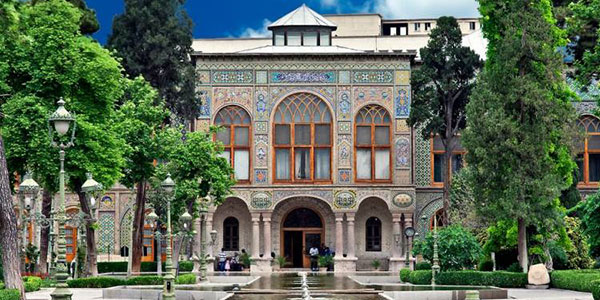
16- Golestan Palace, Tehran
Iran is one of the world’s most dynamic and prolific centers when it comes to arts, architecture and literature. Inspired by various schools of thought and ideologies, artists, architects and literary figures alike have made Iran into the unique center of creativity and ingenuity it is today. Iranian artist of various fields, from visual to performing to applied, pursue their practices in various subjects, time periods, schools etc., holding numerous exhibitions and performances in major cities around the world and the country. Architects, mostly combining ancient Persian architecture with that of the Islamic world, have also made their mark in the history of Iran and its contemporary state of architecture. Regarding literature, it can be claimed with ease that the history of Iran somehow equals that of its literary traditions. Through time, numerous Iranian poets, writers and literary critics with global fame have come and gone and left their footsteps in the history of mankind. Iran is by far one of the centers of human civilization. As Asia’s fourth largest UNESCO World Heritage Site, Iran houses many historical sites and tourist attractions in various provinces and cities (shown in the pictures above). Moreover, there are diverse natural tourist sites around the country.
Experiencing life in Iran and the Iranian lifestyle is surely an intriguing prospect, and you will leave with many a memory after you finish your studies. Studying in TUMS will give you the opportunity to see and feel this life first-hand and create one of the most pleasant adventures you will experience throughout your life.

